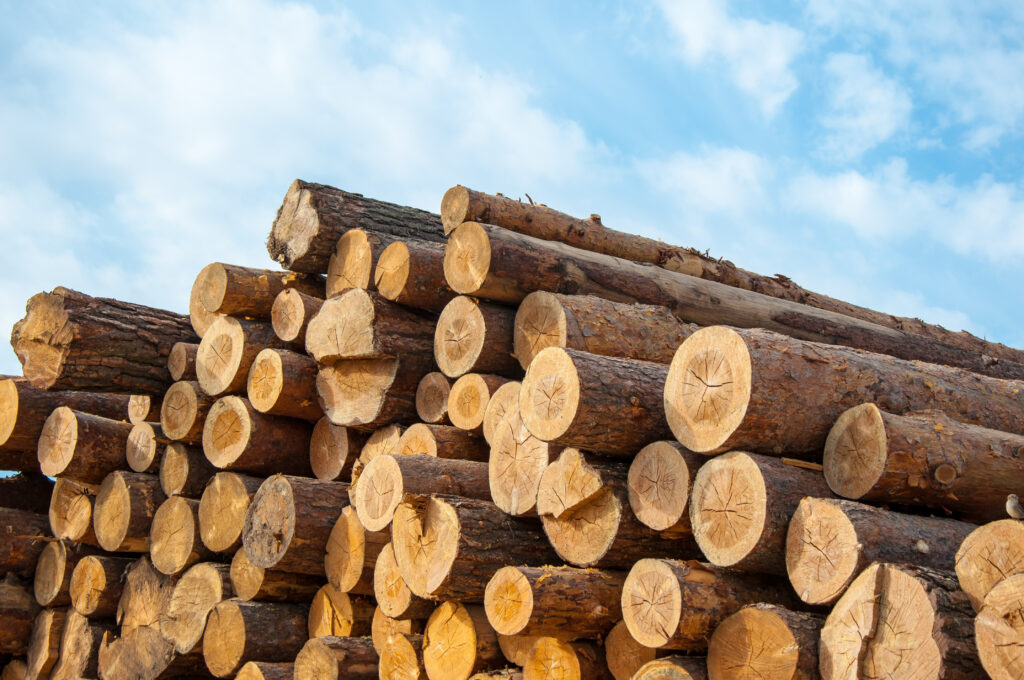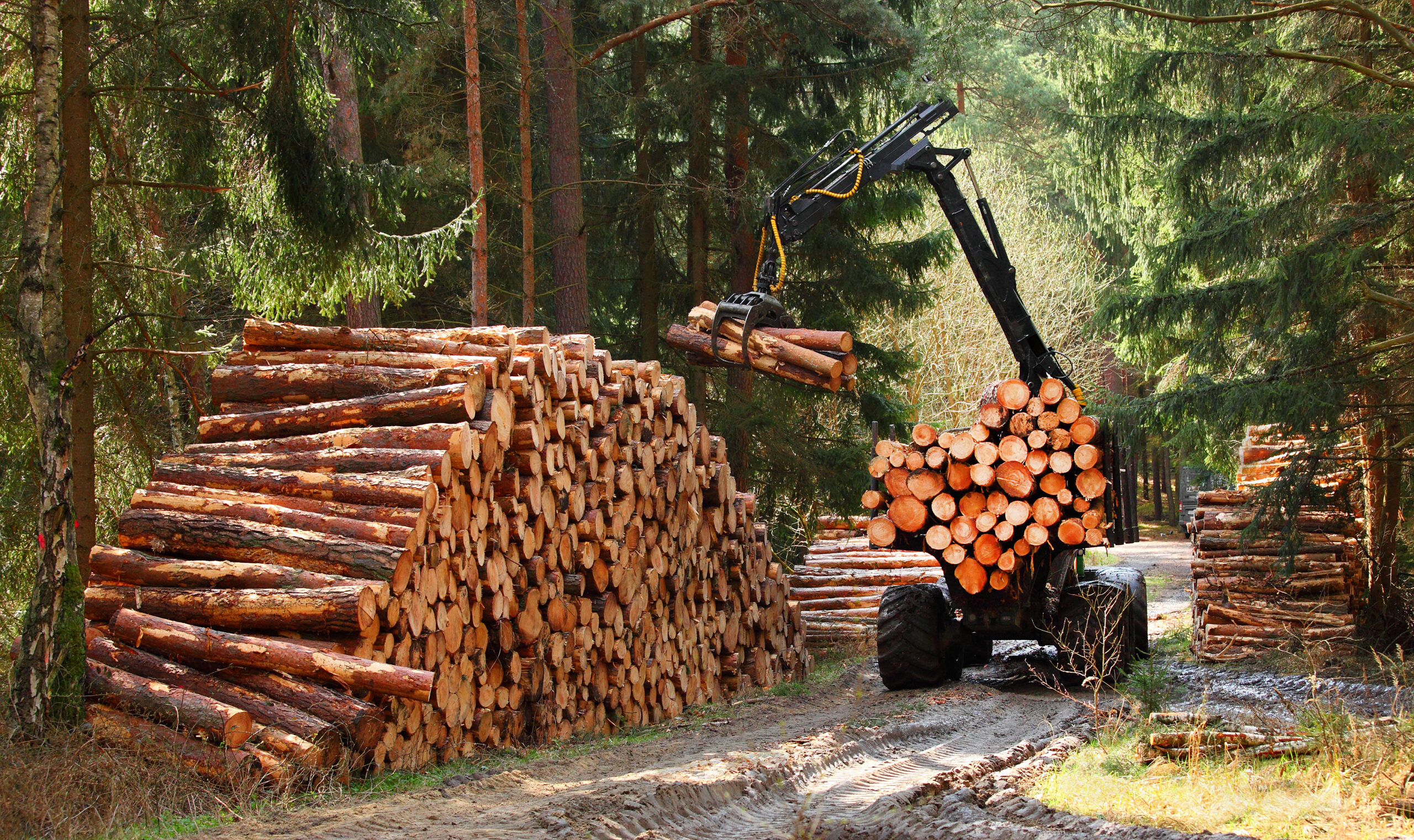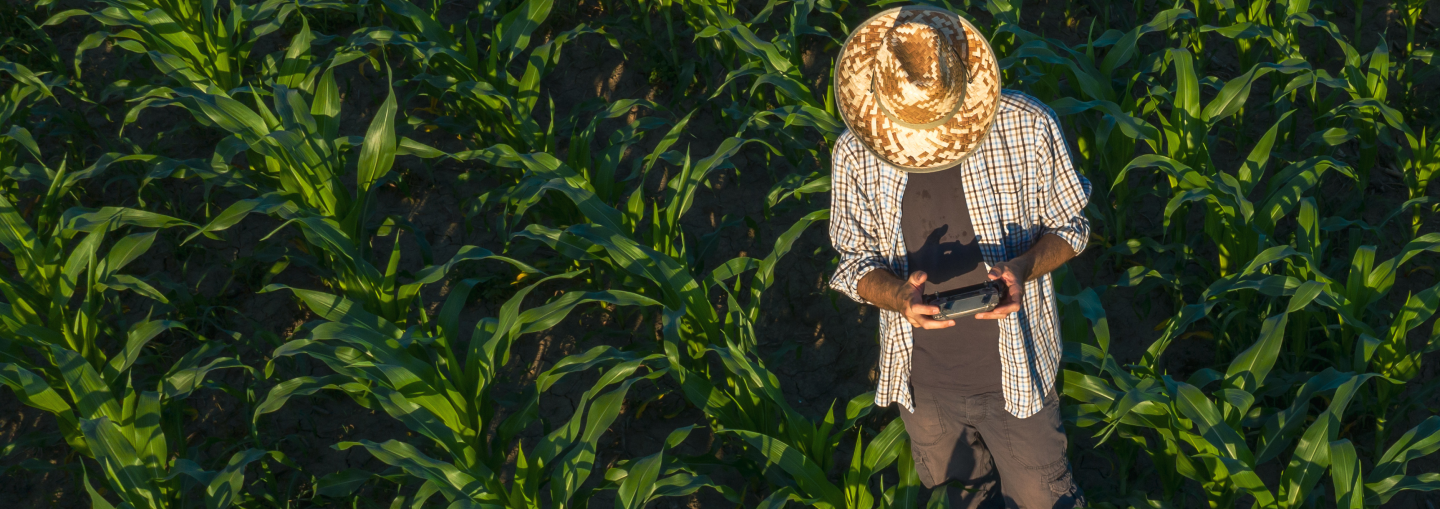Will Risk Benchmarking Help Drive Deforestation?

Will Risk Benchmarking Help Drive Deforestation?
With just a few months to go until most companies must comply with the EU’s Regulation on Deforestation-free Products [1], some of the new law’s provisions continue to stir up controversy and confusion amongst global commodity producers and traders.
One of the most debated provisions is the introduction of “Risk Benchmarking”. The backlash to this mechanism, particularly from “high-risk” countries, has led to the European Commission indicating that this provision may now be delayed, and all countries will, in the meantime, be labelled as “standard risk”.
But with “low-risk” countries now missing out on the chance to enjoy a reduced due diligence burden, will risk benchmarking fulfil its promise of promoting proactive efforts to curb deforestation and forest degradation?
What is Risk Benchmarking?
According to the EUDR, risk benchmarking establishes a “three-tier system for the assessment of countries or parts thereof” [2]. The three tiers are “low risk”, “standard risk”, and “high risk”, and, as of 29 June 2023, all producing countries were allocated a standard risk tier.
The risk level designated to a country is based on quantitative, objective data relating to the country’s rate of deforestation/forest degradation, its rate of expansion of agricultural land for the purpose of producing commodities, and production trends. Beyond this data, which must be made publicly available, the Commission can also consider any objections from the country, any specific national laws they have relating to deforestation, and any previous sanctions that have been imposed.
A country’s risk tier then dictates the frequency of authority checks that must be undertaken on packages and Operators. For a “standard risk” country, 3% must be checked, with this figure rising to 9% for “high risk” countries and falling to just 1% for those considered “low risk”.
The provision aims to create an incentive for countries to demonstrate their commitment to deforestation, and the Regulation stipulates that the Commission should assist countries in becoming “low risk.” However, though upward mobility in the tier system will be actively encouraged, many producers feel the initial “high risk” label may do irreparable damage in the meantime.

Will the risk label invoke discrimination?
A “high risk” designation undoubtedly carries significant consequences, prompting heightened scrutiny to mitigate potential harm. Therefore, companies tagged with this label highlighted that they would be subject to higher operational costs due to the increased diligence burden. However, beyond this, many have indicated it could also bring longer-term consequences for their brand and operations.
Several studies have found that consumers are more likely to buy from businesses that demonstrate a higher level of environmental responsibility. Therefore, the emotionally charged term “high risk”, which relates to the country of operation and not individual companies, could evoke a strong reaction in buyers and damage the reputation of the producer or trader as a result.
Therefore, with the EU Commission’s proposed solution to delay the 3-tier system [3] and temporarily label all companies as “standard risk”, the potential for discrimination seemingly disappears. However, this debate has two sides, and “low-risk” countries are making their opinions known about how this proposed delay will affect them.
Will the deforestation incentive disappear?
While countries labelled as “high-risk” feel they may be unjustly burdened by this highly emotive tag, the European Commission’s current alternative could be viewed as putting “low-risk” countries at a disadvantage.
With all operators and traders instead deemed “standard risk”, “high-risk” countries will be subjected to much fewer inspections, while low-risk countries will temporarily see a three-fold increase. With many low-risk countries having already gone to great lengths to curb deforestation through national legislation, sustainable forest management, and reforestation activities, this dedication becomes seemingly unnoticed in the eyes of the European Commission if a delay to risk benchmarking comes to pass.
Additionally, with many companies operating in these countries getting on board with national deforestation efforts through their own processes and practices, many feel that they too would experience a form of reputational damage. The reputation and trust they have built with consumers as a sustainable business committed to eliminating forest degradation may become significantly weakened, along with their selling power.
The new EU Deforestation Regulation
The EU Deforestation Regulation (EUDR 2023/1115) aims to prevent deforestation and forest degradation, reduce carbon emissions on a global scale, and address the negative impacts of agricultural expansion. It requires most companies across the supply chain to be deforestation-free by 30 December 2024.
More information about the EUDR
The Impact of Risk Labels and Voluntary Certifications
For the EUDR, Risk Benchmarking is about incentivising Operators and Traders to implement ways of working that obliterate the need for deforestation to produce commodities. However, as we’ve seen from the arguments put forward from both sides of the divide, the risk labels involved could potentially significantly impact the reputation of many commodity producers, regardless of where they operate. When reputation is damaged, so is consumer trust, and that, in turn, is often reflected in sales and brand loyalty.
Therefore, voluntary certifications, which play a key role in adding proof to your promise still help global brands highlight their discretionary commitment to limiting their environmental impact.
Learn more about the range of certification programmes we have helped clients in more than 80 countries to achieve and how they help build trust and consumer confidence in our increasingly environmentally-conscious society.
References
[1] ‘Regulation (EU) 2023/1115 of the European Parliament and of the Council on the making available on the Union market and the export from the Union of certain commodities and products associated with deforestation and forest degradation and repealing Regulation (EU) No 995/2010’ (2023) Official Journal L150
[2] ‘Regulation (EU) 2023/1115 of the European Parliament and of the Council on the making available on the Union market and the export from the Union of certain commodities and products associated with deforestation and forest degradation and repealing Regulation (EU) No 995/2010’ (2023) Official Journal L150, p. 236
[3] ‘Deforestation Regulation: Impacts of a Possible Delay in Risk Classification of Countries and Other Recent Developments’, N. Mizulin, P. Vander Schueren, Dr. D. Geraets, I. Antoshevska, mayerbrown.com, 25 March 2024

How can we help you?
Are you looking for a certain service, do you have any questions or do you want to apply for the certification program? Let us know. We’re glad to be of help.
